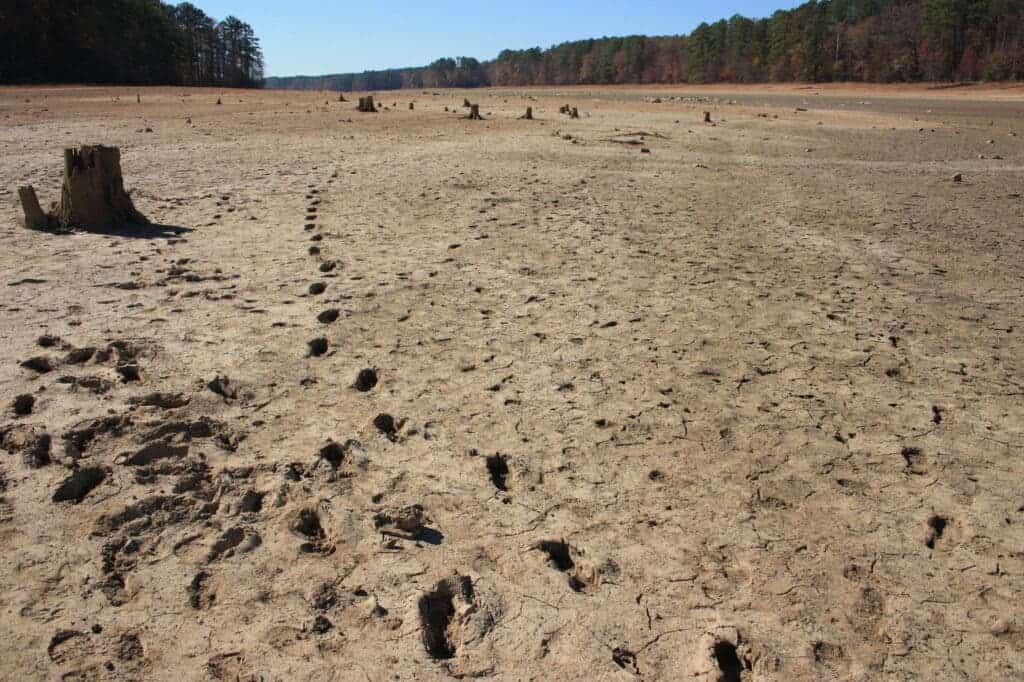More than one billion people could be displaced over the next 30 years due to lack of access to food and water, increased exposure to natural disasters and rapid population growth, according to a new report, which analyzed the global ecological threats, with some countries more affected than others.

The international think-tank the Institute for Economics & Peace (IEP) said in its Ecological Threat Register (ETR) report that 1.2 billion people living in 31 countries aren’t sufficiently resilient to endure ecological threats. The report combines measures of resilience with comprehensive ecological data from the UN and other organizations.
“Ecological threats and climate change pose serious challenges to global peacefulness. Over the next 30 years, lack of access to food and water will only increase without urgent global cooperation. In the absence of action civil unrest, riots and conflict will most likely increase,” said Steve Killelea, founder of the IEP, in a statement.
The country with the largest number of people at risk of mass displacements is Pakistan, followed by Ethiopia and Iran, according to the report. Haiti faces the highest threat in Central America. In these countries, even small ecological threats and natural disasters could result in mass population displacement.
This doesn’t mean that regions that have high resilience, such as Europe and North America, will not be immune from the wider impact of ecological threats, such as a significant number of refugees. The European refugee crisis in the wake of wars in Syria and Iraq in 2015 saw two million people flee to Europe, for example.
However, Europe, the US and other developed countries are facing fewer ecological threats and also have higher levels of resilience to deal with these risks, the report showed. Developed countries that are facing no threats include Sweden, Norway, Ireland, and Iceland. In total there are 16 countries facing no threats.
Many of the country’s most at risk from ecological threats are also predicted to experience significant population increases, such as Nigeria, Angola, Burkina Faso and Uganda. These countries already struggle to address ecological issues and suffer from resource scarcity, low levels of peacefulness and high poverty rates.
“This will have huge social and political impacts, not just in the developing world, but also in the developed, as mass displacement will lead to larger refugee flows to the most developed countries. Ecological change is the next big global threat to our planet and people’s lives,” Killelea said.
Upcoming challenges
The global demand for food is projected to increase by 50% by 2050, meaning that without a substantial increase in supply, many more people will be at risk of hunger, the report concluded. Currently, more than two billion people globally face uncertain access to sufficient food. This number is expected to increase to 3.5 billion people by 2050.
The five most food-insecure countries are Sierra Leone, Liberia, Niger, Malawi and Lesotho, where more than half of the population experience uncertainty in access to sufficient food to be healthy. COVID-19 has exacerbated levels of food insecurity and given rise to substantial price increases.
Water scarcity could also become a big problem. Today, 2.6 billion people experience high or extreme water stress and by 2040 this will increase to 5.4 billion people. The majority of these countries are located in South Asia, Middle East, North Africa (MENA), South-Western Europe, and Asia Pacific. Some of the worst affected countries are projected to be Lebanon, Singapore, Israel and Iraq.
Was this helpful?



